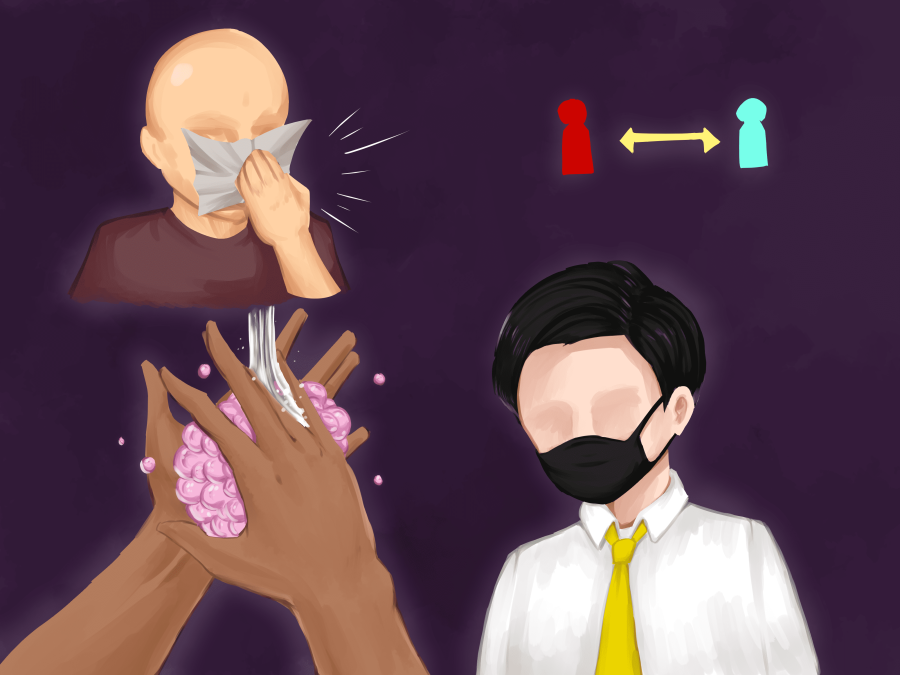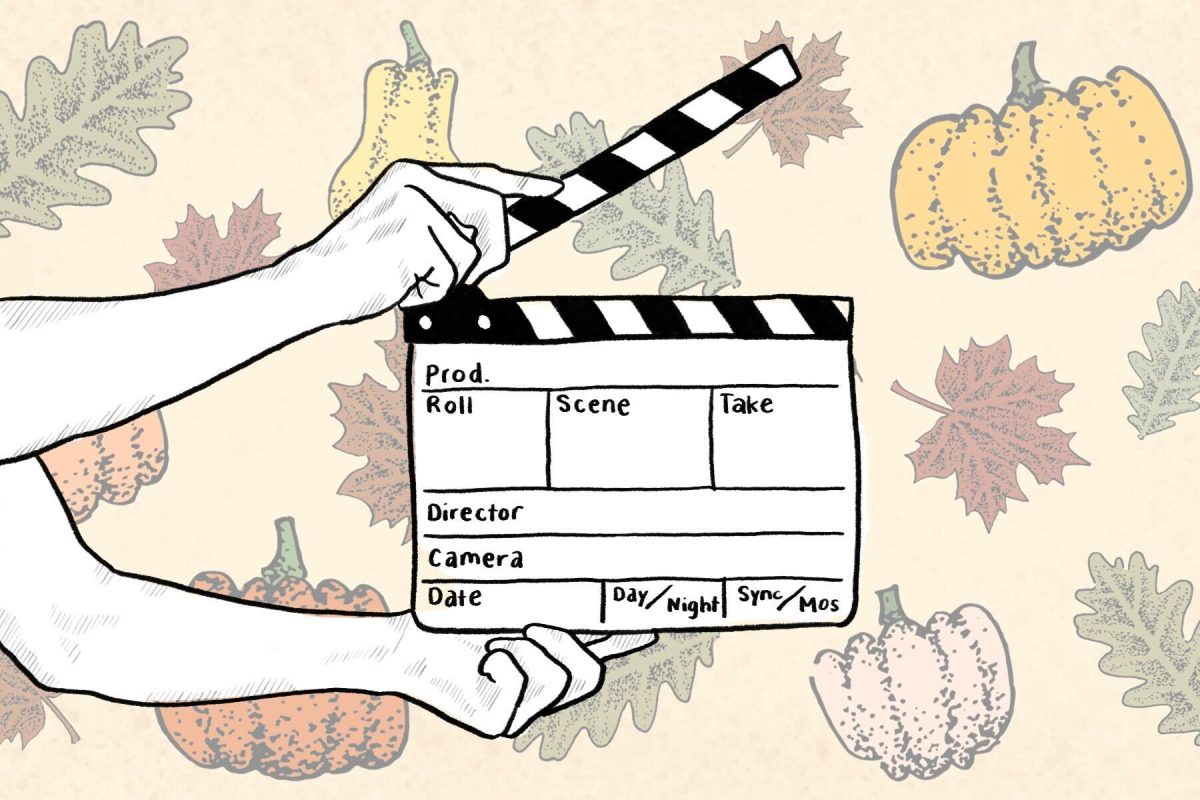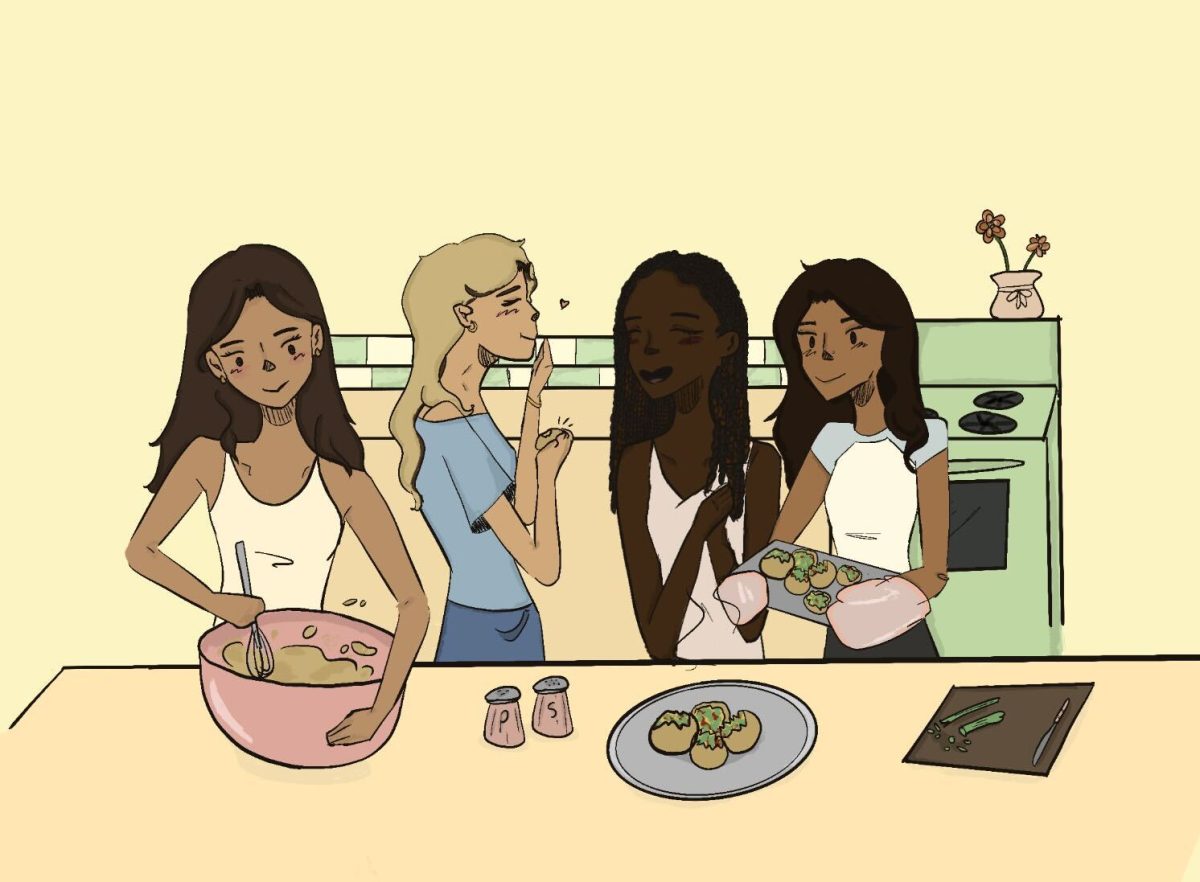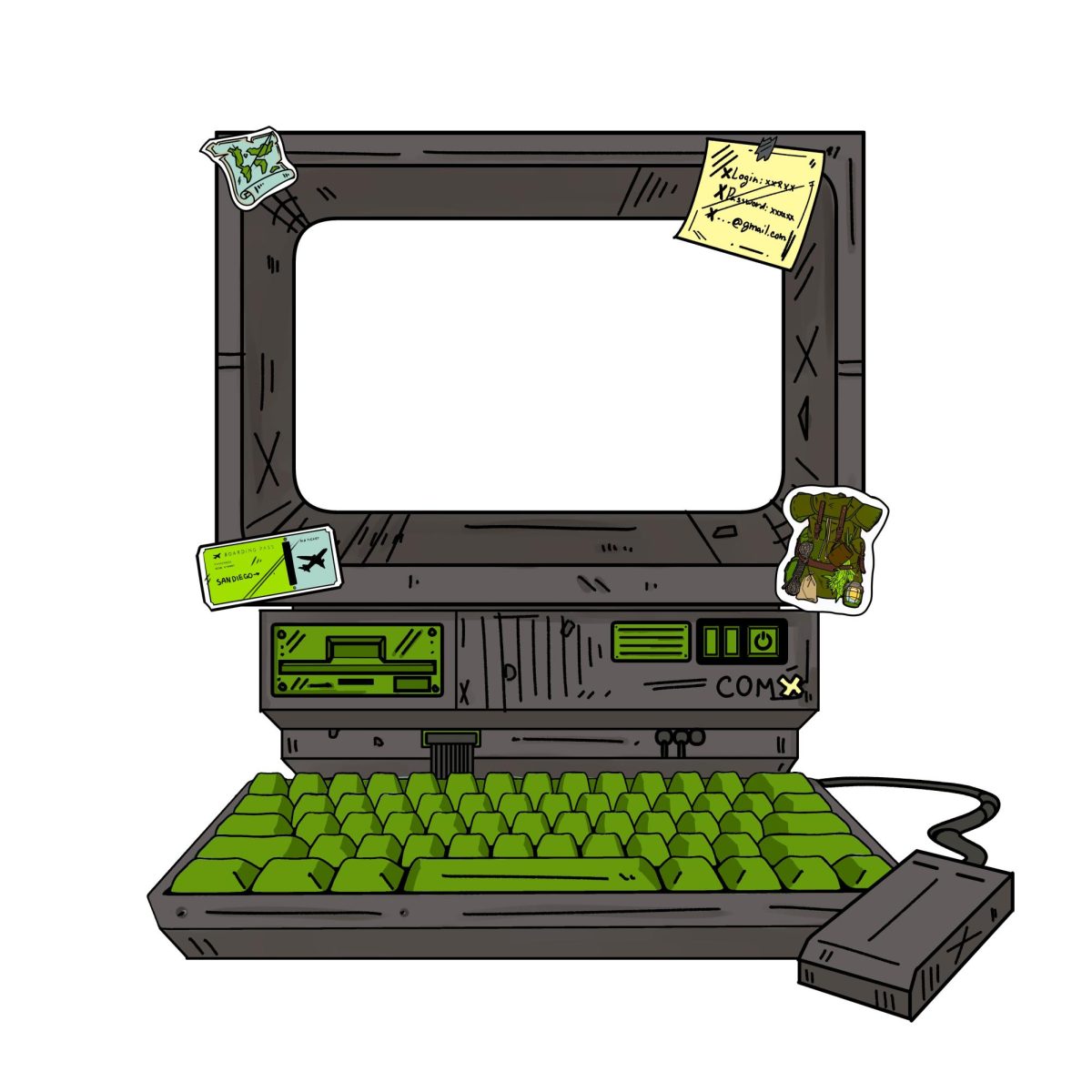In the age of COVID-19, it can be hard to determine what information is accurate and reliable. The UCSD Guardian has compiled this list of best practices and prevention tips to aid readers through these confusing times.
How does COVID-19 spread?
COVID-19 is the disease caused by the novel coronavirus. According to the Centers for Disease Control and Prevention, the coronavirus is thought to spread mainly from person to person. When an infected person sneezes or coughs, respiratory droplets can land in the mouths or noses of people who are nearby or can be breathed into the lungs.
It is important to note that much is still unknown about coronavirus and the way it spreads. Recent evidence has shown that COVID-19 can spread from some who are asymptomatic, lacking symptoms, or pre-symptomatic, no symptoms yet. It is possible that people could contract COVID-19 from touching a contaminated surface or object, then touching their face.
Because there is no vaccine, the best way to prevent getting sick is to avoid being exposed to the virus.
What should I do to prevent getting COVID-19?
Only Leave For Essential Activities
If you are not an essential worker, stay home. You may leave the house for essential activities such as grocery shopping, necessary medical appointments, or dog walking.
Wear A Cloth Mask
The CDC now recommends wearing cloth masks or face coverings in public settings. This is especially important in areas where there is a high level of community-based transmission. Remember that wearing a mask does not replace hand washing or social distancing. Here’s how to make your own face covering.
Abide by Social Distancing
If and when you do leave the house, stay at least six feet apart from those who do not live in your household. This is because the virus is thought to spread easily to people who are in close physical contact with an infected person, and there is recent evidence that the virus can spread from those who do not show any symptoms.
Wash Hands for 20 Seconds
Washing your hands with warm water for at least 20 seconds kills germs you may have picked up. Wash hands often, making sure to get between fingers and underneath fingernails, and wash hands immediately after going outside. You may also use an alcohol-based sanitizer, as long as it has at least 60 percent alcohol.
Avoid Touching Your Face
If you touch a contaminated surface and then touch your eyes, nose, or mouth, the pathogen may find its way into your body. Avoiding touching your face is good practice not just for COVID-19, but for other viruses as well.
Sanitize High Touch Surfaces
At least once a day, sanitize high-touch surfaces in your household, such as doorknobs, drawer pulls, light switches, remotes, and toilet and faucet handles, with a disinfectant. Also remember to wipe down any electronics, such as phones or keyboards.
Follow Good Respiratory Hygiene
When you cough or sneeze, cover your mouth with a bent elbow or a tissue. Dispose of the used tissue immediately, then wash your hands.
What if I think I am sick?
If you think you are ill with COVID-19, stay home. If possible, designate a specific “sick room” away from family members and roommates, and use a separate bathroom if available. Call your healthcare provider for the next steps.
If you develop any emergency warning signs, such as trouble breathing, get medical attention immediately. See this full checklist from the CDC for more information.
What are some reliable resources I can check?
Centers For Disease Control and Prevention — Coronavirus (COVID-19) Resources
World Health Organization — Coronavirus disease (COVID-19) Resources
Johns Hopkins — Coronavirus Resource Center
California State Government — Coronavirus (COVID-19) in California
San Diego County — Coronavirus Disease 2019 Resources
Art by Alex Liang















Omggamer • Apr 13, 2020 at 7:15 am
is there progress in china with covid cases?